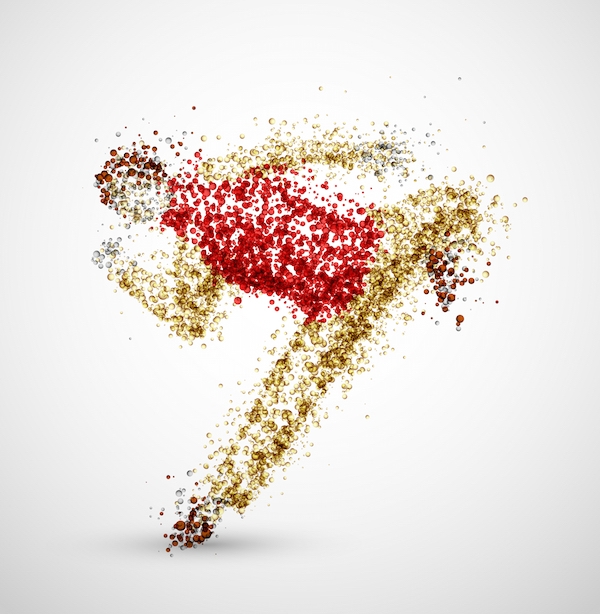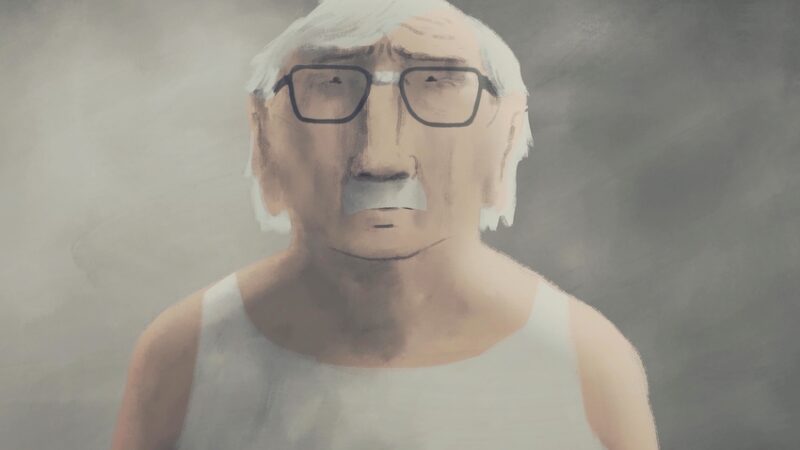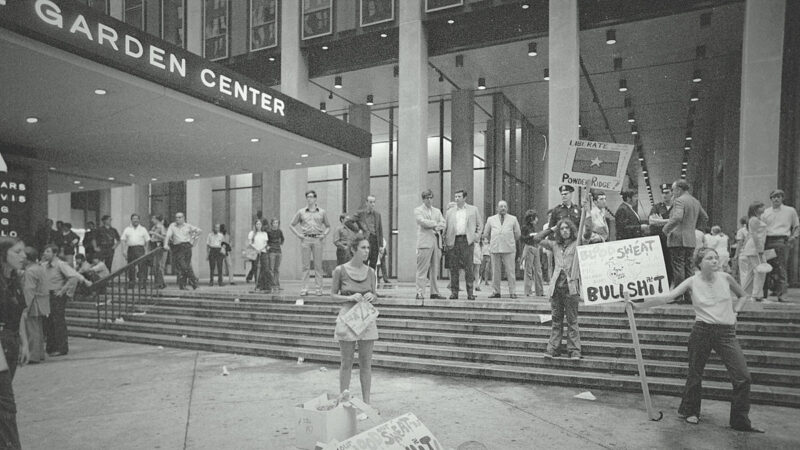Great actor training focuses on the whole instrument: voice, mind, heart, and body.

Great actor training focuses on the whole instrument: voice, mind, heart, and body. While we can’t get far without vocal technique, intellectual dexterity, and text-work skills, a strong physical presence is crucial to the professional actor. With that in mind, here are seven movement-based methods all actors should study. Did your favorite make the list?
Alexander Technique
This well-known practice applies specialized body-awareness strategies to correct unnecessary tension in actors and non-actors alike. Orator Frederick Matthias Alexander developed the technique in the late 1800s as a way of combatting his own vocal problems, and quickly discovered that unlearning certain breathing and posture habits was the key to maximizing his own physical functionality. The approach has grown tremendously over the past century; Alexander Technique is taught (and practiced) in training programs across the world, and many actors swear by it as a solution to physical, vocal, and even mental restrictions.
Jacques Lecoq
This renowned actor and teacher used a mix of mime, mask work, and other movement techniques to develop creativity and freedom of expression within his students. L’École Internationale de Théâtre Jacques Lecoq, the Parisian school he founded in 1956, is still one of the preeminent physical training centers in the world, developing artists of all kinds through its two-year conservatory and a variety of specialized workshops. The work is largely improv-based, and draws on historical movements like Commedia Dell’arte and clown work as well as Lecoq’s famous neutral mask technique and psychological exercises involving elements, colors, and seasons.
Corporeal Mime
According to the great Étienne Decroux, “One of the characteristics of our world is that it is sitting down. Corporeal mime stands up.” The famed actor developed the technique as a counterargument to pantomime, using its expressive movements to illustrate abstract concepts—not merely as a placeholder for everyday actions. The technique works inside out as a mode of expression, “making the invisible visible.” Physical theaters all over the world use corporeal mime to explore (and illustrate) the inner recesses of human emotion, turning thoughts and feelings into stage-worthy visuals.
Viewpoints
Like corporeal mime, Viewpoints explores human emotion in relation to space, time, and shape, but with specific parameters developed by choreographer Mary Overlie and acting teachers Anne Bogart and Tina Landau. As a theatrical technique, Viewpoints is used to create a story onstage through time (tempo, duration, kinesthetic response, and repetition), space (spatial relationship, topography, architecture, shape, and gesture), and sound (pitch, volume, and timbre). This aesthetically-focused approach is taught to actors and directors alike, and has been adopted by major theaters internationally including the renowned SITI company in New York, co-founded by Bogart and Tadashi Suzuki.
The Suzuki Method of Acting
Great Japanese director Tadashi Suzuki came up with this extremely physical regime, which trains actors to work from their core and builds discipline, strength, and focus. The rigorous practice draws on martial arts influences and those of Japanese Noh, Kabuki, and the ancient Greek chorus. Suzuki teaches that acting “begins and ends with the feet”; numerous exercises include controlled (and repetitive) forms of stomping and squatting that create a connected center and bring the body to the brink of exhaustion. The method originated at SCOT (the Suzuki Company of Toga, Japan), is taught all over the world, and is practiced at the SITI company alongside Bogart’s Viewpoints.
The Williamson Technique
Created by actor and teacher Lloyd Williamson as a sort of physical accompaniment to the intellectual training of Sanford Meisner, this technique is known as the “physical process of communication in acting.” Drawing on the five senses, Williamson teaches that an awareness of sensory stimulation creates experience for the actor; by practicing flexibility and physical connectedness, the actor can begin to create behavior in alignment with that experience. The theory draws on itself; sensory observation creates experience, experience inspires behavior, behavior creates new sensory stimulation, and the cycle continues.
Laban Movement Analysis
As much a language for observing movement as a dedicated acting technique, Rudolf Laban’s scientific approach divides movement into four categories: body, effort, shape, and space. Applied to theatrical training, Laban uncovers small nuances behind behavior, examining everything from dramatic movements (throwing oneself across a room) to everyday gestures (flicking a piece of lint off of one’s shoulder), and maximizing specificity with every action.
By KC Wright
Inspired by this post? Check out theater audition listings! on Backstage
film financing
Exclusive Interview with Aleesha Yates on Feature Documentary, “Surviving Pulse”
Aleesha Yates is a driving force behind making “Surviving Pulse: Life After a Mass Shooting” feature doc.
What the Hell Happened to Blood, Sweat & Tears? Documentary: Blends Intrigue, Social Commentary and Mystery
Political Thriller Blends International Intrigue, Social Commentary and a Mystery




